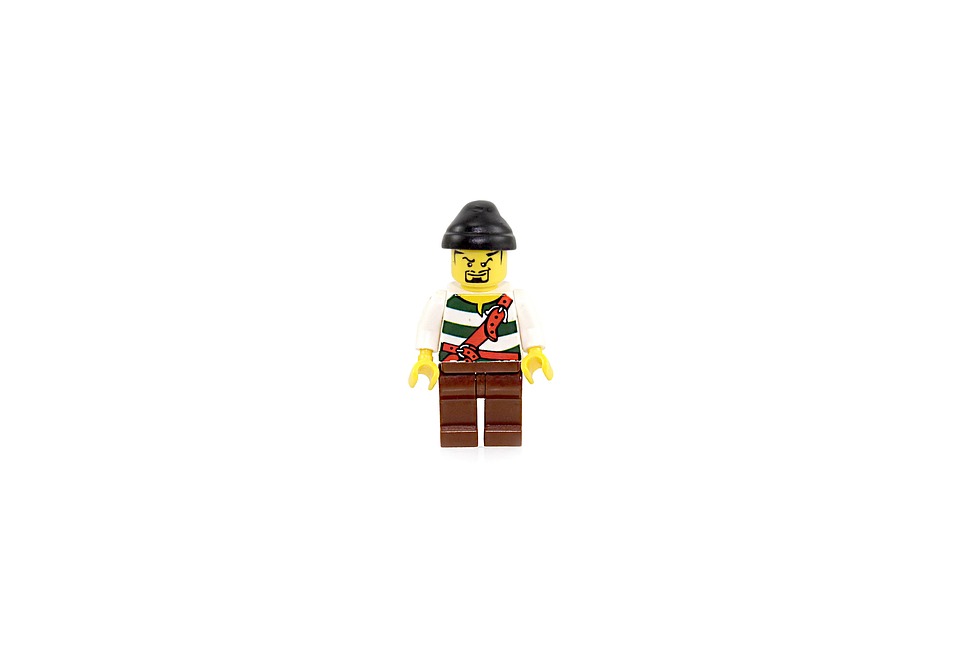Hexamita infection, also known as Hexamitiasis or Hole-in-the-Head disease, is a common and potentially serious condition that affects fish in aquariums. This article aims to provide a comprehensive understanding of Hexamita infection, including its causes, symptoms, and appropriate treatment options. Additionally, we will address some frequently asked questions about this condition to help fish enthusiasts tackle Hexamita infection effectively.
Hexamita infection is a parasitic disease caused by the protozoan Hexamita. This microscopic organism resides in the intestines and can cause severe damage to the digestive system and other organs of fish. Common fish species affected by Hexamita infection include cichlids, discus fish, angelfish, and other freshwater and saltwater species.
There are several causes of Hexamita infection. Poor water quality is a major factor, as contaminated water can stress fish and weaken their immune systems, making them more susceptible to infections. Nutritional deficiencies, particularly a lack of essential vitamins and minerals, can also contribute to the development of Hexamita infection. Additionally, stress factors such as overcrowding, aggressive tank mates, and sudden changes in water conditions can increase the risk of infection.
Symptoms of Hexamita infection are varied and can include hole-in-the-head lesions, which are open sores on the fish’s head or body. Fish may also exhibit a loss of appetite, weight loss, lethargy, excessive mucus production, and behavioral changes such as hiding or rubbing against objects in the tank.
Diagnosing Hexamita infection can be done through visual inspection of the fish, where the presence of hole-in-the-head lesions can be observed. Microscopic examination of fecal samples can also reveal the presence of Hexamita parasites. In some cases, laboratory testing may be required for a definitive diagnosis.
Treating Hexamita infection involves a multi-faceted approach. Infected fish should be isolated and quarantined to prevent the spread of the disease to other tank inhabitants. Improving water quality is essential, which includes regular water changes, proper filtration, and maintaining appropriate water parameters. Medications such as Metronidazole, which is an antiprotozoal agent, and antibiotics may be prescribed by a veterinarian to combat the infection. Additionally, natural remedies such as garlic extract and probiotics can help boost the fish’s immune system and aid in recovery.
Prevention of Hexamita infection is key to maintaining a healthy fish tank. Regular water maintenance, including monitoring water parameters and performing routine water changes, is crucial. Providing a balanced diet with proper supplementation of essential vitamins and minerals can strengthen the fish’s immune system. Implementing stress reduction techniques, such as avoiding overcrowding and providing hiding spots in the tank, can also help prevent Hexamita infection.
In conclusion, understanding the causes, symptoms, and appropriate treatment options for Hexamita infection is essential for fish owners. By maintaining optimal water quality, providing a balanced diet, and reducing stress factors, fish enthusiasts can effectively prevent and manage Hexamita infection. Regular monitoring and prompt action can help keep fish healthy and thriving in their aquatic habitat.









